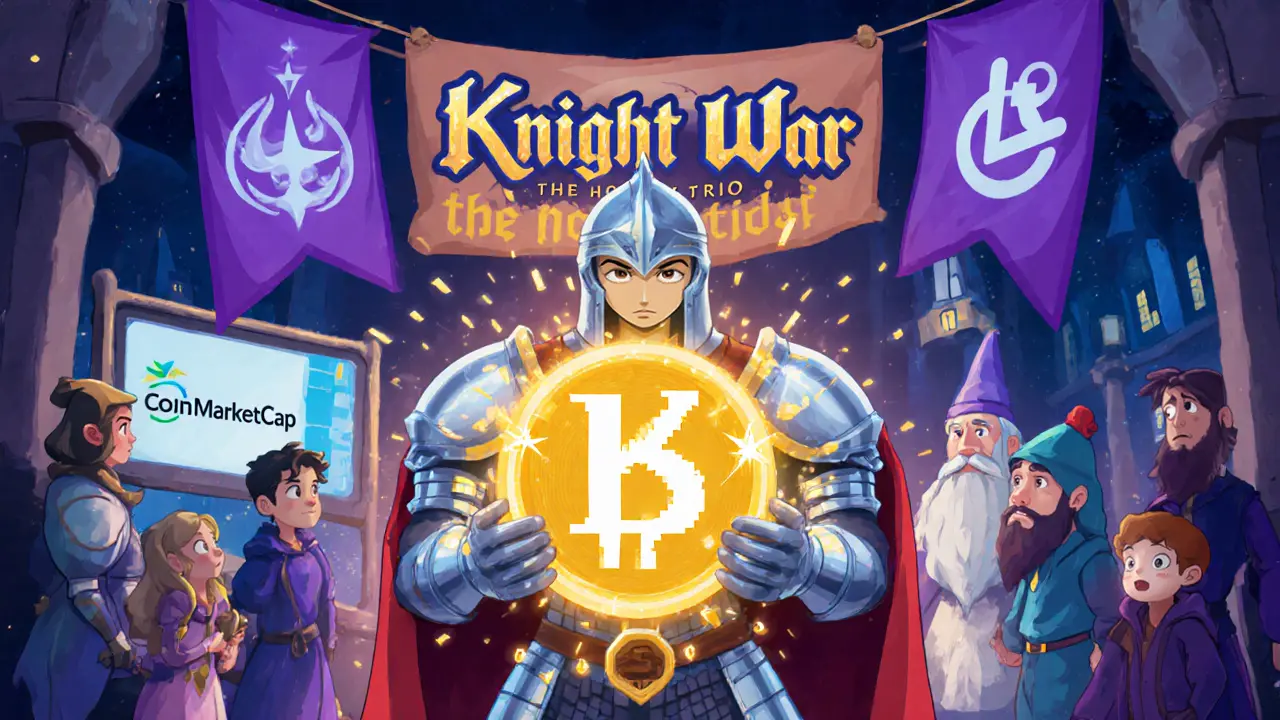- 17 Mar 2025
- Elara Crowthorne
- 14
Knight War The Holy Trio (KWS) Token Airdrop Details and How to Claim the CoinMarketCap Campaign
Discover what the Knight War The Holy Trio (KWS) token airdrop entails, how to claim it via CoinMarketCap, and key token utilities, price data, and safety tips.

